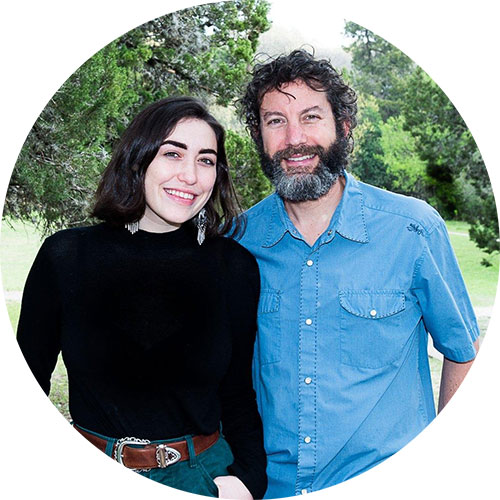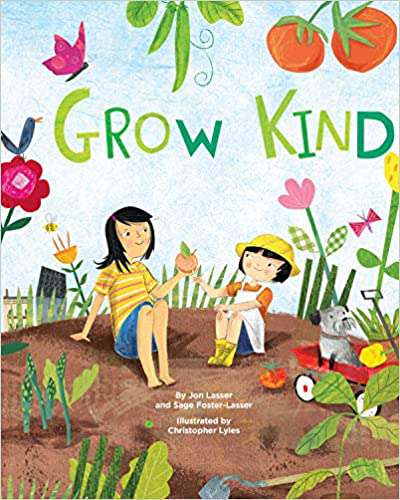
This guest post was contributed by Jon Lasser, PhD, and Sage Foster-Lasser. Dr. Lasser is a psychologist, school psychologist, professor, and program director of the school psychology program at Texas State University. Sage Foster-Lasser earned her bachelor’s degree at the University of Texas at Austin, where she studied psychology and American studies. They have co-authored three children’s books: Grow Kind , Grow Happy , and Grow Grateful .

Children need strong social and emotional skills to succeed at home, at school, and in the community. Grow Kind , a book from Magination Press by Jon Lasser, PhD and Sage-Foster Lasser, explores two important social and emotional skills: social awareness and relationship skills.
Young children are developmentally egocentric. Empathy develops over time. As children’s brains develop, so does their ability to see things from the perspective of others. Kindness requires some thought about the needs and feelings of others. Just as kids develop better motor skills through activity and practice, social skills increase when children observe, think about, and engage in social activity.
Here are some ways to help your child develop kindness by seeing it in their own lives and having opportunities to demonstrate kind behaviors:
Use a book
Books help us understand our experiences, connect to the thoughts and feelings of others, and show us possibilities. When sharing a book with your child, ask them about the thoughts and feelings of the characters to help them practice taking the perspective of others. In Grow Kind, for example, Kiko’s parents encourage her to take her sister’s perspective by asking her to let her sister get some much-need sleep. Ask your child how different characters might be feeling or thinking when you read aloud.
Identify kindness when you see it
If your child engages in an act of kindness, recognize the act and encourage them to think about it. For example, “You shared your truck with Maggie. How kind of you to give her a turn.” In addition, try to identify acts of kindness directed toward your child or yourself. For example, if a sibling helps your child with their homework, you might help your child view and appreciate that help as an act of kindness. Say something like, “Maria is kind to help you with your math homework. She must really love you.”
Talk about how kindness makes people feel
Ask your child questions such as, “How do you think Maggie felt after you offered her your truck to play with?” You can help your child with this process by talking about your own emotional responses to kindness. For example, “When my friend does something kind for me, I feel happy. It makes me feel like she cares about me, and makes me feel good inside.” Ask your child to describe how instances of kindness make them feel as you observe them in everyday life. This will help them become more attuned to their own feelings and the feelings of others.
Engage in play that teaches kindness
Encourage your child to make decisions in play that reflect positive interpersonal relationships. For example, “Wow, that food you’re making looks delicious! Do you think your neighbor might like some?” If a character is sad or upset in the game, ask your child what someone else could do to help them feel better. This can direct the play in such a way that your child gains experience engaging in acts of kindness from a variety of perspectives.
Address the importance of self-compassion
Try identifying the need for self-care and kindness when it arises. If your child is feeling poorly and can’t make it to a birthday party, you might say, “I know Sara will miss having you at her party, but sometimes you have to take care of yourself. You’re being kind to yourself by allowing yourself to get the rest you need. “ If your child is engaging in self-critical behavior, point out that they ought to be kinder to themselves. For example, “I notice that you’re not very happy with the drawing you made. Sometimes we are less kind to ourselves than we are to others. Instead of talking about what you don’t like about it, let’s think of three things about it you do like.”
Children learn by doing and gain skill through practice. Use daily experiences and book sharing to build your child’s social and emotional skills and help them grow kind!

Excerpted from the Note to Parents and Other Caregivers in Grow Kind , by Magination Press. Originally posted on the Magination Press family blog.

